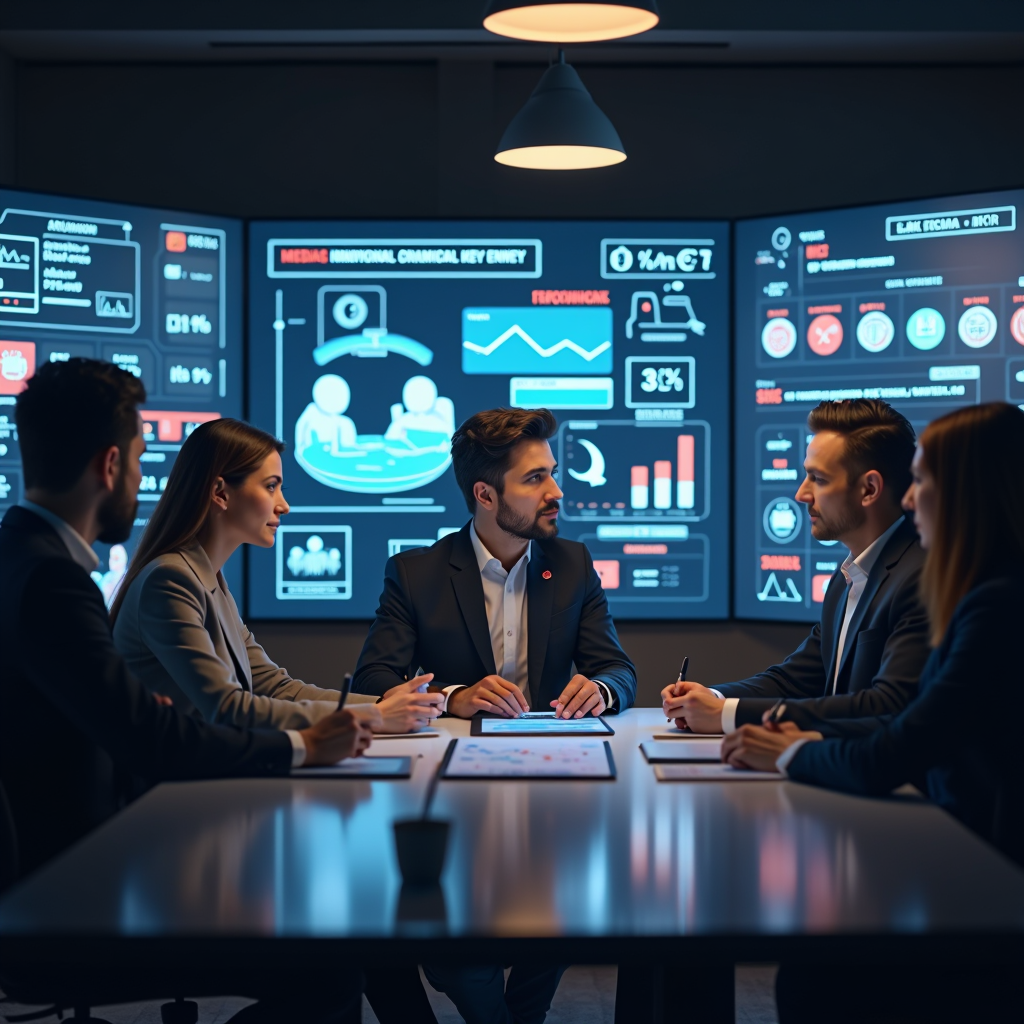What is PR and what is a PR campaign?
PR, short for public relations, has become an essential aspect for businesses to build their relationship with the public. Present and useful in many distinctive markets (entertainment as well as public institutions and more) it is always used as a marketing function within a strategic communication process. A good PR campaign aims to create a mutually beneficial relationship between a company and its community.
Three elements are fundamental for a PR campaign:
1) A clear goal in mind
2) Craft your message
3) Communicating the goal
Every step of a PR campaign requires experts to make sure the best public relations methods are set in place and receive the most efficient results. A skilled expert will know how to best enhance your company’s reputation.
- Why are PR campaigns necessary for your brand?
One of the most important goals of marketing is creating brand credibility. PR Campaigns are a substantial leverage in that objective. When they are well done, they assure that the target audience is aware of the brand and see them as meaningful in their market.
- The differences between a PR campaign and a PR plan
A PR campaign and a PR Plan are often confused, as the lines can be blurry between the two. They are interdependent but can be distinguished through certain elements.
o Characteristics of a PR plan
The PR plan typically consists of a paper or a group of documents that outlines all the tactics to be used for any public relations action. The PR plan can contain multiple PR campaigns and instructions. It specifies the long-term strategy with details on strengths, opportunities, weaknesses, and threats. This analysis allows for a professional to have a complete understanding of the current PR situation and objectives. This is why the PR plan is usually used a guidebook.
o PR campaign
The PR campaign is much more precise and refers to a specific activity undertaken to reach a goal. It is set in a fixed time period with a target audience in mind. A good PR campaign needs to have measurable indicators as to conclude on its efficiency.
Examples of great PR campaigns.
Axa – #KnowYouCan
Axa launched this global campaign as part of their “Driving Progress 2023” brand strategy. In a context of instability and uncertainty due to the Covid-19 crisis, Axa wanted to show they were committed to making their clients feel secure and confident. This campaign included a film directed by Frédéric Planchon showcasing the story of a girl who gains confidence through significant points in her life. The overall message if that when you feel protected, you gain confidence necessary to go further in life.
Tesco – Pop to Your Local
With many pubs in England being hit by the lockdown, Tesco launched their “Pop to your Local” campaign to support them. Through billboards, national newspaper ads and social media, they urged the public to visit pubs instead of “telling you about our fantastic deals”. Pushing their clients to buy from their competitors might seem counterintuitive but can be a highly efficient when done correctly like Tesco. Indeed, a Kantar Marketplace monthly data study crowned this campaign as in the top 15% advert in the UK for being actively engaging.
Ikea – Stay Home Campaign
Another successful marketing campaign during the global Covid 19 pandemic was done by Ikea, the Swedish furniture company, who motivated its customers to stay home. The campaign started in Spain with the hashtag “#YoMeQuedoEnCasa”. They reminded people of how cozy their home can be and how the idea of spending weeks locked inside does not have to be a bad thing. Pushing forward a responsible message added to the authenticity of Ikea’s brand, making it a highly effective and conclusive campaign.
- How to create a PR campaign
The first step is to determine what you are looking to achieve with your PR campaign. Is it brand awareness? Reinforcing brand image? Communicate a message? You also must set yourself tangible objectives: what is the timeline for your campaign? What will be the indicators of a successful campaign? What communication channel will be the most appropriate in achieving your wanted results? Those are all important factors that should be considered.

- Determine your target audience.
After defining what your goals are, it will be easier to know who your target audience is. Who do you want to address? Investors? Employees? Customers? Once that general group is chosen, you will be able to analyze the methods of communication that appeal to them the most.
- Perform market and competitor research.
Analysis is a big part of creating a PR campaign, doing your research on the market and competitors included. This will allow you to see what’s efficient in your field, avoid mistakes and have all the elements at hand before launching.
- Execute your PR campaign.
Congratulations, if you’re at that step, you’ve done the bulk of the work! Your campaign should be ready to launch, whether through a press release announcement, your social media, or directly to the channel chosen.
- Analyze the results of the PR campaign.
The final and very important step is the analysis of the success of your PR campaign. This is when you will use the KPI chosen on the first step to measure the results and conclude what worked and what hasn’t. Are the goals you set achieved? What was the general public response? A good final analysis will make you progress and learn for any future PR campaign creation.
What are PR Campaign tools?
Emerging technologies can change the way companies do business while achieving more success in their PR campaigns.
- Wiztrust– A digital solution dedicated to corporate communication and PR teams. The Wiztrust platform helps to manage, certify, and distribute PR content and measure the performance of communication actions.
- Mixmax – This platform helps enhance email communication. This tool makes sending bulk emails using personalized templates much easier.
- Grammarly – The basis of any communication action is clear and correct spelling. Content production is only increasing which means proofreading is of the utmost importance. Spelling and grammar can be made easier with spell or grammar checking tools such as Grammarly.
- Hootsuite – This dashboard is used to manage several social media accounts at once, enhancing your social media management.
- Wiztrust – Adopted by many European listed companies, this certification platform is used for securing your information and protecting companies from fake news.



 8 min
8 min

 8 min
8 min

 6 min
6 min


 On 17 November, 2022
On 17 November, 2022